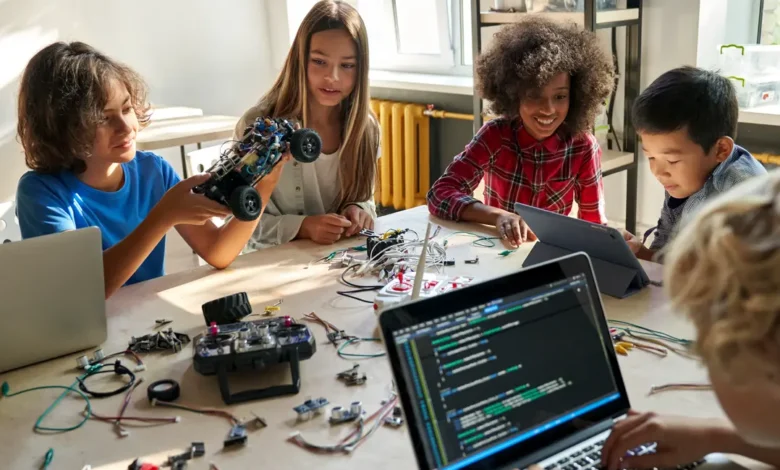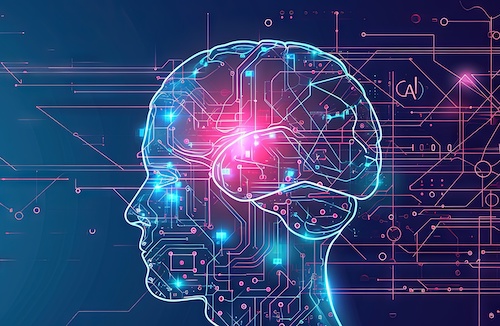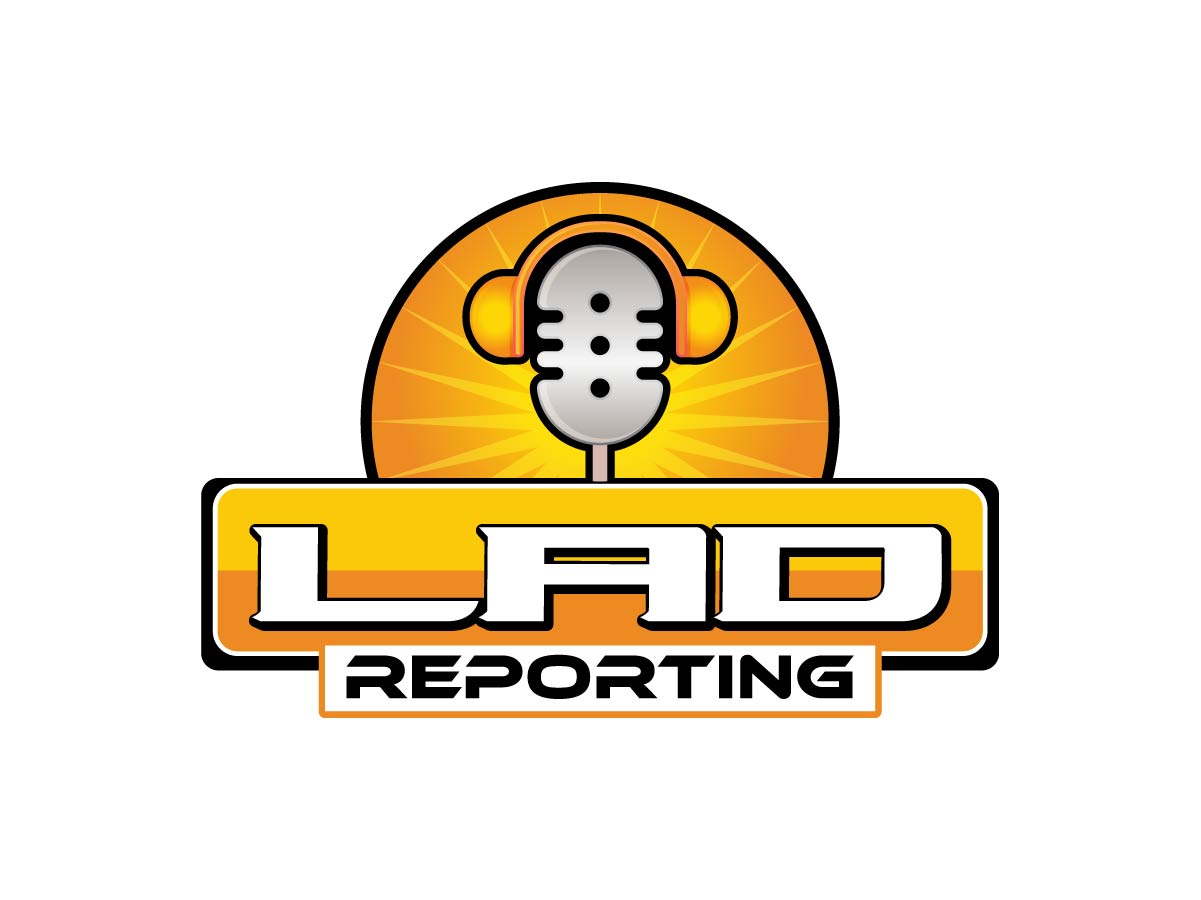Integrating AI into education is not as daunting as it seems

Key points:
Books, papers, and pencils were carefully arranged on desks, and pupils sat in regular rows forty-odd years ago. However, as computers entered classrooms starting in the 1990s, teachers had to deal with drastically changing learning environments.
Finding the time and figuring out how to incorporate new tools into curricular requirements was intimidating for the majority of teachers. I then joined the South Dakota Department of Education to lead summer immersion teacher training on technology integration, traveling the state to assist schools in utilizing new resources like video systems in order to support this digital transition. Computers are now a vital component of the educational system, and I was one of many who assisted teachers in overcoming that initial learning curve.

Let’s face it: The introduction of new technologies might be daunting. It takes time to get used to them. With AI’s emergence, educators, parents, students, and administrators have a plethora of questions and thoughts about how it might either improve or worsen education. I’ve witnessed it in my current position, where I keep enabling states and educators to leverage cutting-edge technology to enhance student learning. Even while there are legitimate worries about AI, there are a lot of possible benefits. AI can greatly benefit educators in particular by automating some administrative duties, assisting in the understanding and prediction of student success and difficulties, and even assisting in the customization of instruction for each individual student.
The benefits are enormous. It’s crucial to keep in mind that we’ve been here before when schools start their AI adventures, from the introduction of the internet in classrooms to the sudden switch to e-learning at the start of COVID-19. To fully benefit from this technological revolution, superintendents, boards of education, and other education officials can learn valuable lessons from previous ones.

The following guidelines can help you successfully integrate disruptive technologies:
1. Choose the right tools. The outcomes of the AI tool or tools you select may differ. Proven technology with a track record in education should be given priority by school systems. This comprises virtual tutors and adaptive learning tools for pupils. Tools created especially for educators to speed up administrative duties like lesson planning and grading are among the best. Supporting concerns unique to education, such as utilizing AI to forecast students’ futures and early warning systems to identify struggling kids, is even more beneficial.
2. Training is everything. AI can be less frightening with the right training. We shouldn’t expect teachers to figure out how to utilize AI effectively on their own, just as we shouldn’t expect students to grasp a new topic after reading a few words in a textbook. The employment of AI in discretionary grant programs for teacher training is given priority by President Trump’s recent executive order, which is a significant positive move.
3. Engage parents. If parents learn—without further explanation—that a school board is implementing an AI tool to assist with teaching or administrative duties in their children’s education, they may get anxious. Communicate openly with students’ parents about the usage of AI and its justifications. Direct parents to resources that will help them become more AI literate. Ask for input to a reasonable extent. For the benefit of all parties—but especially the students—this two-way communication helps to establish trust, calm anxieties, and dispel any misunderstandings.
4. Humans must be involved. The stakes are really high. AI isn’t flawless. Administrators need to make sure they are double-checking the work with the educators who are using AI tools. This is referred to as having a “human in the loop” in the context of responsible AI, and it’s crucial when the results affect the futures of children. Parents, children, and teachers all feel more confident because of this crucial safety net.

5. Regularly evaluate if the tools are living up to expectations. The goal of incorporating AI into the workstreams of educators and administrators is to reduce their workload so they can devote more time and effort to pupils. The efficacy of AI outputs can be diminished over time via bias introduction and model deterioration. Thus, routine observation and assessment are crucial. Administrators and educators should periodically assess whether the incorporation of AI is advancing their objectives.
6. At initially, the learning curve could require more labor, but the rewards are exponential. Adoption at an early age is crucial. I collaborated with school districts that delayed the adoption of digital tools, which ultimately caused teachers to fall behind their counterparts. AI has the potential to improve the lives of educators by relieving them of administrative duties so they can concentrate on what truly matters—the kids.
I think this is the beginning of a very amazing trip! The adoption of new technology by educators is neither the first nor the last. AI shouldn’t overpower or divert you from tried-and-true integration strategies. To the advantage of both teachers and pupils, educators are always adapting to new technologies, and AI will be no exception.




